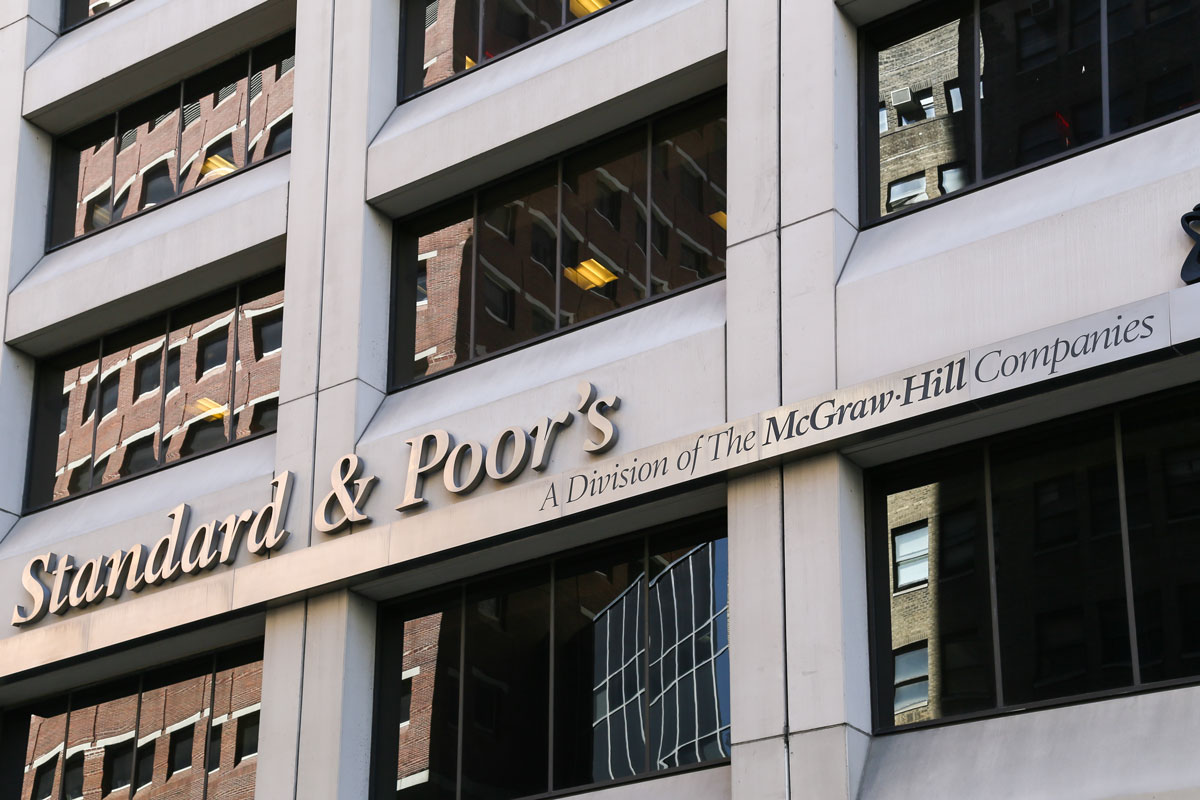The government’s stimulus measures will only provide a temporary lifeline to state-owned power distribution companies as the coronavirus pandemic has increased liquidity pressure for these firms, global ratings agency Standard & Poor’s (S&P) said.
On May 13, Union finance minister Nirmala Sitharaman announced that state-owned lenders PFC and REC will extend Rs 90,000 crore in state-guaranteed loans to government-owned discoms, which owe nearly Rs 94,000 crore to power generation and transmission companies.
Advertisement
“Discoms have been the key structural weakness for the Indian power industry for decades. State government-guaranteed loans could help these companies clear overdue payments, releasing cash to the generation and transmission companies,” S&P Global Ratings credit analyst Abhishek Dangra said.
He further noted that a sustainable solution for resolving the weak credit health, excess leverage, and high losses of the discoms is critical to prevent the need for further packages even post-COVID-19.
The agency noted that many discoms in India have weak financial health owing to excess debt, loss-making operations, and high transmission and distribution (T&D) losses of more than 15 per cent.
“The COVID pandemic exposes them to additional shock mainly on the back of fall in power demand by 20-30 per cent during the nationwide lockdown, high power purchase obligations, with fixed capacity charge payments for conventional power and the must-run status of renewable energy and lower collection from end customers due to disruption in cash collection centres and payment relief to industrial and commercial customers,” it said.
The agency expects power demand to recover but is likely to have its first-ever power surplus in the fiscal year ending March 2021.
S&P further noted that expansion of PFC’s consolidated portfolio of loans by about 15 per cent as a result of the power sector relief will strain its capitalization.
“We believe the risks in PFC’s consolidated loan book remain related to the structure of the power sector. However, we believe PFC’s capital position can absorb the impact. As discoms pay dues to transmission and generation companies, the latter could use some of the cash flows to meet their existing obligations to PFC and REC,” credit analyst Michael Puli said.
Another analyst YeeFarn Phua opined that as discoms will likely continue to rely on support from state governments because of their unsustainable capital structures, fiscal measures of these states to offset the impact of the pandemic and to stabilize the economy, coupled with a decline in operating revenue, could weaken the budgetary performance indicators of these states.
The risks to economic recovery and thereby the budgetary position of states will remain elevated for the next one to two years and therefore their credit profiles and ability to support weaker discoms could therefore come under stress, he said.
“Although the headline Rs 90,000 crore package appears large, it amounts to just about 0.4 per cent of GDP. But the increased debt burden on state governments will not significantly weaken our assessment on their credit quality. A protracted economic downturn remains the biggest risk to credit metrics of Indian state governments,” Phua added.
Meanwhile, the government has directed state-run NTPC and Power Grid Corporation to waive about Rs 3,000 crore in fixed charges for power not drawn by discoms.











